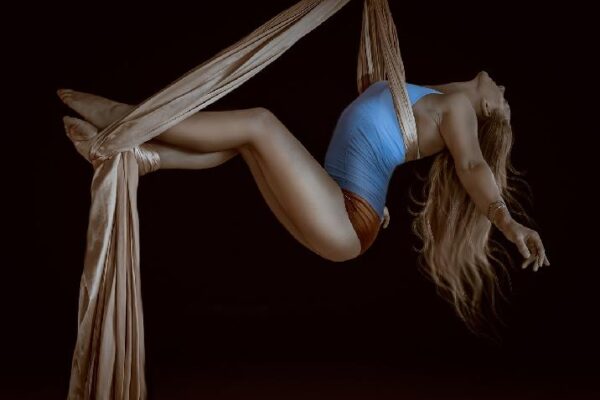
Stripping, also known as exotic dancing or erotic performance, is an age-old profession that has long been stigmatized by society. Often condemned as immoral or degrading, strippers face a constant battle against negative stereotypes and misconceptions. However, the reality is that the art of stripping is a complex and evolving industry that encompasses aspects of entertainment, athleticism, and entrepreneurship. In this in-depth article, we will explore the history, culture, and controversies surrounding strippers and their profession.
The Origins of Stripping
The origins of stripping can be traced back to ancient civilizations such as Greece, Rome, and Egypt, where erotic dancing was seen as a form of entertainment. In these cultures, temples employed dancers to perform sacred rituals and ceremonies. These dancers were revered for their beauty, sensuality, and ability to evoke pleasure in their audiences.
Fast forward to the 20th century, stripping became a popular form of entertainment in the United States during the Prohibition era. As the sale and consumption of alcohol was banned, underground speakeasies emerged, and along with them came the demand for adult entertainment. Burlesque shows, characterized by provocative dances, humor, and striptease acts, became a staple in these speakeasies and eventually evolved into a mainstream form of entertainment.
The Rise of the Strip Club Industry
In the 1960s and 1970s, strip clubs began to open up across the United States and soon became a multi-million dollar industry. These clubs offered a more upscale and controlled environment for patrons to enjoy adult entertainment. Strippers were now able to earn a living by performing in these clubs and were considered as independent contractors rather than employees.
The 1970s also saw the rise of pole dancing, a form of acrobatic and athletic performance using a vertical pole. The credit for popularizing pole dancing in strip clubs goes to dancers Diane Levitis and Fawnia Mondey, who incorporated it into their routines. Since then, pole dancing has become a defining feature of strip clubs and a highly competitive and physically demanding aspect of the profession.
The Culture of Stripping
Contrary to popular belief, the world of stripping is more than just taking off clothes for money. Many of the women and men who choose this profession are artists, entrepreneurs, and entrepreneurs. The ability to captivate an audience, connect with them, and create a fantasy is a skill that not everyone possesses. Strippers also have to navigate the business side of the industry, negotiate their rates, market themselves, and manage their finances.
Additionally, strippers form a unique community and sisterhood. While the competition for attention and tips can be fierce, there is also a strong sense of camaraderie among dancers who understand the challenges and complexities of the profession. Many strippers also participate in events and conventions such as The Exotic Dancer Expo, where they can network, learn from each other, and showcase their skills.
Controversies and Stigmas
Despite its long history and cultural significance, stripping remains a heavily stigmatized profession. Strippers are often seen as immoral, promiscuous, and corrupting influences on society. Media portrayal of strippers in movies and TV shows does not help in breaking these stereotypes either. This stigma not only affects the perception of the profession but also the safety and well-being of strippers.
One major issue facing the stripping industry is the lack of legal protection for dancers. Due to their status as independent contractors, strippers are not eligible for benefits such as health insurance, retirement plans, or workers’ rights. They also face discrimination in obtaining housing and financial services due to their profession. Additionally, the lack of legal protection puts strippers at risk of exploitation, harassment, and violence, with many incidents going unreported.
The Fight for Empowerment and Representation
In recent years, there has been a growing movement within the stripping community to empower and advocate for strippers’ rights. This includes organizations such as the Sex Workers Outreach Project (SWOP) that works towards decriminalization and destigmatization of sex work and the International Entertainment Adult Union (IEAU) that provides support and resources for adult entertainers.
Many strippers have also taken to social media to reclaim the narrative and shatter stereotypes. Through platforms like Instagram and TikTok, they showcase the athleticism, artistry, and entrepreneurship of their profession. They also use these platforms to educate the public on the realities of their job, dispel misconceptions, and demand better treatment and rights.
The Future of Stripping
As with any industry, stripping has had to evolve and adapt to changing times. The rise of strip clubs and adult entertainment clubs in the digital world has given strippers a new platform to showcase their talents and reach a wider audience. This has also created new challenges in terms of competition and keeping up with the fast-paced online world.
The


